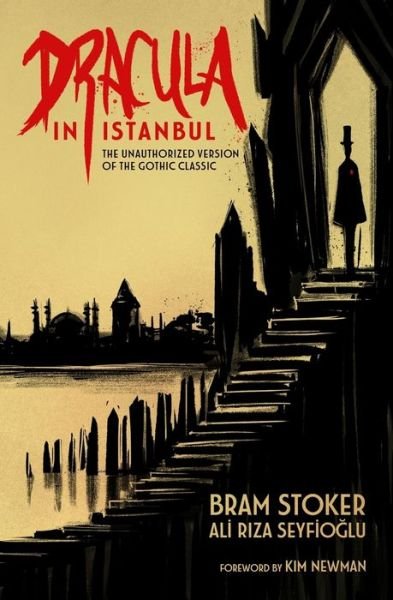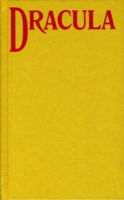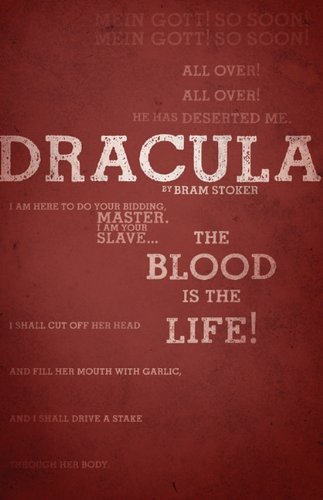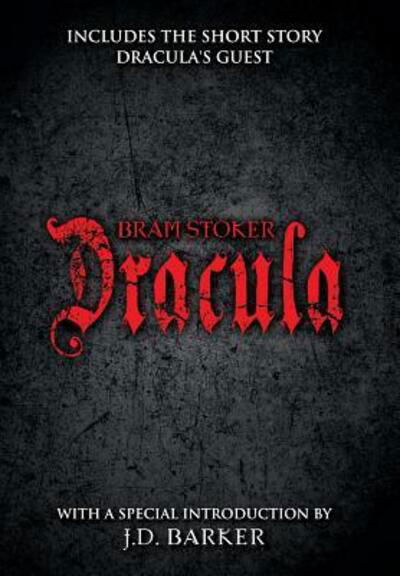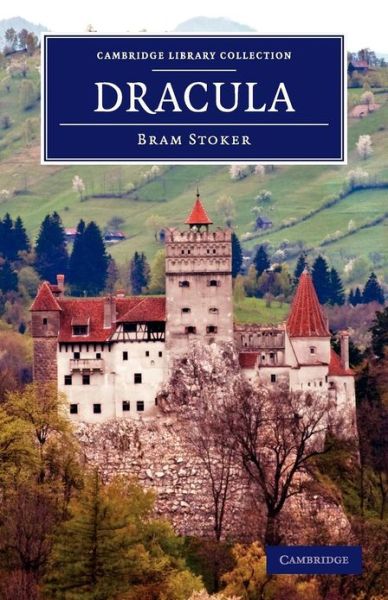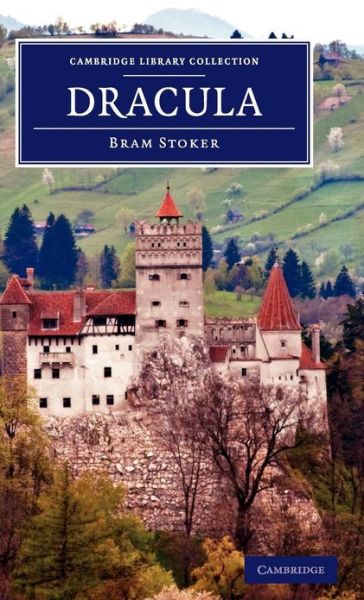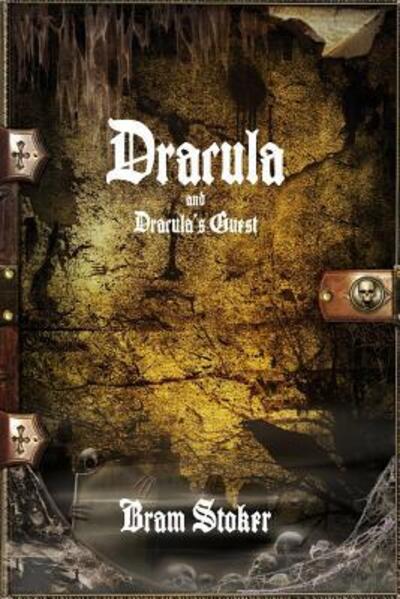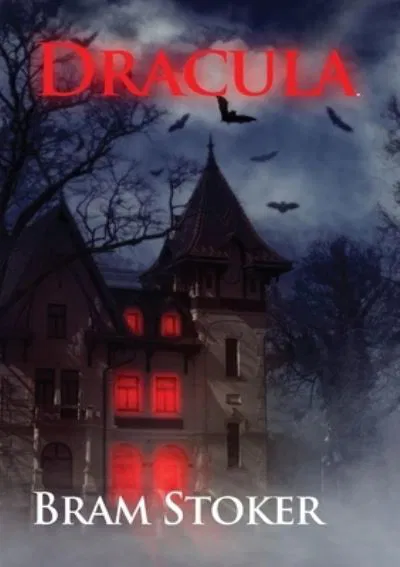
Tell your friends about this item:
Dracula Bram Stoker
Ordered from remote warehouse
 Christmas presents can be returned until 31 January
Christmas presents can be returned until 31 January

Also available as:
- Paperback Book (2007) € 9.99
- Paperback Book (2003) € 11.99
- Paperback Book (2013) € 11.99
- Book (2024) € 11.99
- Hardcover Book (2016) € 11.99
- Paperback Book (1983) € 12.49
-
Paperback BookReissue edition(2007) € 12.49
- Paperback Book (2012) € 12.49
- Paperback Book (2023) € 12.99
- Paperback Book (2009) € 13.99
- Paperback Book (2014) € 14.49
- Paperback Book (2003) € 14.49
- Paperback Book (2018) € 14.49
- Paperback Book (2017) € 14.49
- Paperback Book (2015) € 14.49
- Paperback Book (2017) € 14.99
- Paperback Book (2017) € 14.99
- Paperback Book (2019) € 14.99
-
Paperback BookPenguin Classics Deluxe edition(2011) € 14.99
- Paperback Book (2017) € 15.49
- Paperback Book (2010) € 16.49
- Paperback Book (2017) € 16.49
- Paperback Book (2017) € 16.49
- Paperback Book (2018) € 16.49
- Paperback Book (2017) € 16.49
Dracula
Bram Stoker
Dracula is an 1897 Gothic horror novel by Irish author Bram Stoker. Famous for introducing the character of the vampire Count Dracula, the novel tells the story of Dracula's attempt to move from Transylvania to England so he may find new blood and spread the undead curse, and the battle between Dracula and a small group of men and women led by Professor Abraham Van Helsing. Dracula has been assigned to many literary genres including vampire literature, horror fiction, the gothic novel and invasion literature.
Although Stoker did not invent the vampire, he defined its modern form, and the novel has spawned numerous theatrical, film and television interpretations. About the authorBram Stoker (1847-1912) was born in Dublin. After attending Dublin University, he spent ten years as an Irish civil servant, trying to keep up his writing in his free time. By 1871, he had become the drama critic for the Dublin Mail and had gained experience as a newspaper editor, reporter, and short story writer. In 1878 he became the personal assistant to Sir Henry Irving, the foremost Shakespearean actor of his day, accompanying him on tours and managing Irving's theater. After Irving's death in 1905, Stoker worked on the literary staff of the London Telegraph. Dracula, his most famous work, was published in 1897.
Analysis Bram Stoker's Dracula established many conventions of the subsequent vampire fantasy genre. This gothic fiction tells the tale of Count Dracula's transition from Transylvania to England and his attempt to spread the undead curse and of the battle between Dracula and Professor Abraham Van Helsing. Scholarly criticismC. F. Bentley reads Dracula as an embodiment of the Freudian id Carol A. Senf reads the novel as a response to the New Woman archetype, while Christopher Craft sees Dracula as embodying latent homosexuality and sees the text as an example of a 'characteristic, if hyperbolic instance of Victorian anxiety over the potential fluidity of gender roles'. Franco Moretti reads Dracula as a figure of monopoly capitalism, though Hollis Robbins suggests that Dracula's inability to participate in social conventions and to forge business partnerships undermines his power. Richard Noll reads Dracula within the context of 19th century alienism (psychiatry) and asylum medicine. D. Bruno Starrs understands the novel to be a pro-Catholic pamphlet promoting proselytization. Dracula is one of Five Books most recommended books with literary scholars, science writers and novelists citing it as an influential text for topics such as sex in Victorian Literature, best horror books and criminology. Historical and geographical references
Dracula is a work of fiction, but it does contain some historical references although it is a matter of conjecture and debate as to how much historical connection was deliberate on Stoker's part. During his main reign (1456-1462), "Vlad the Impaler" is said to have killed from 40,000 to 100,000 European civilians (political rivals, criminals, and anyone that he considered "useless to humanity"), mainly by impaling. REVIEW"Those who cannot find their own reflection in Bram Stoker's still-living creation are surely the undead ." New York Times Review of Books"It is splendid. No book since Mrs. Shelley's Frankenstein or indeed any other at all has come near yours in originality, or terror." Bram Stoker's Mother
| Media | Books Paperback Book (Book with soft cover and glued back) |
| Released | October 28, 2020 |
| ISBN13 | 9782382747070 |
| Publishers | Les prairies numériques |
| Pages | 308 |
| Dimensions | 148 × 210 × 18 mm · 403 g |
| Language | English |
More by Bram Stoker
Show allOthers have also bought
More from this series
See all of Bram Stoker ( e.g. Paperback Book , Hardcover Book , Book , CD and Audiobook (CD) )









![Cover for Bram Stoker · Dracula - Word Cloud Classics (Paperback Book) [2nd edition] (2025)](https://imusic.b-cdn.net/images/item/original/692/9781667209692.jpg?bram-stoker-2025-dracula-word-cloud-classics-paperback-book&class=scaled&v=1730129029)

![Cover for Bram Stoker · Dracula - Flame Tree Collectable Classics (Hardcover Book) [New edition] (2025)](https://imusic.b-cdn.net/images/item/original/773/9781835622773.jpg?bram-stoker-2025-dracula-flame-tree-collectable-classics-hardcover-book&class=scaled&v=1722889862)




![Cover for Bram Stoker · Dracula (Collector's Edition) (Laminated Hardback with Jacket) (Hardcover Book) [Collector's edition] (2024)](https://imusic.b-cdn.net/images/item/original/026/9781998621026.jpg?bram-stoker-2024-dracula-collector-s-edition-laminated-hardback-with-jacket-hardcover-book&class=scaled&v=1751269598)



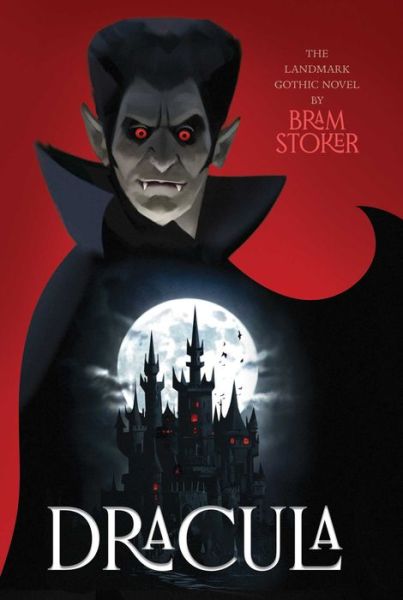








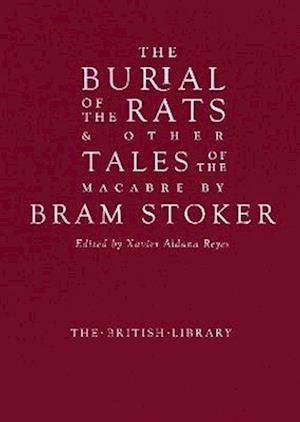
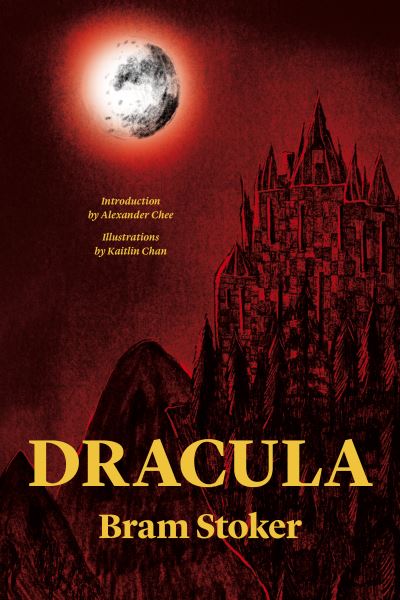
![Cover for Bram Stoker · Den syvstjernede juvel (Sewn Spine Book) [1st edition] (2023)](https://imusic.b-cdn.net/images/item/original/758/9788772048758.jpg?bram-stoker-2023-den-syvstjernede-juvel-sewn-spine-book&class=scaled&v=1696284140)
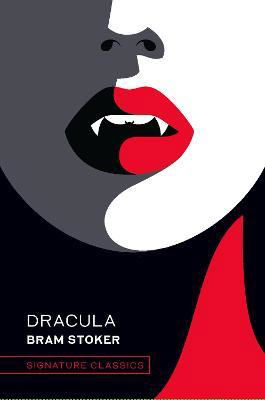
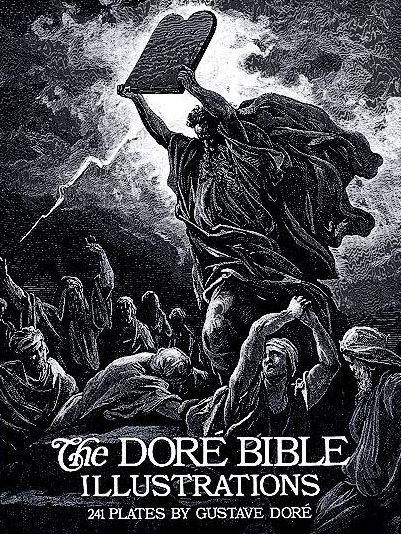


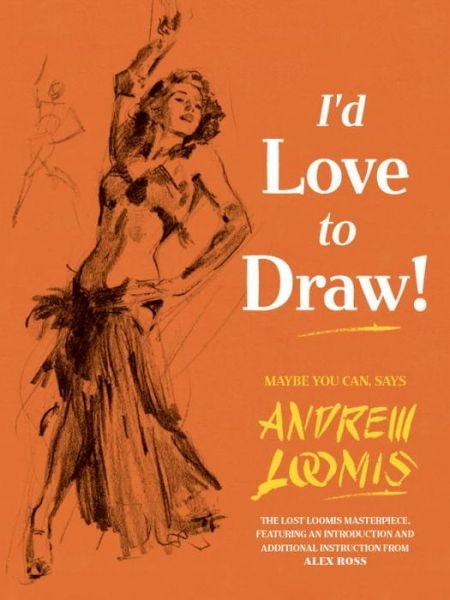
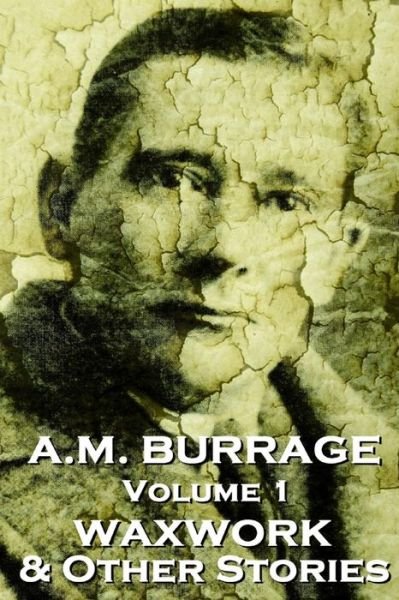
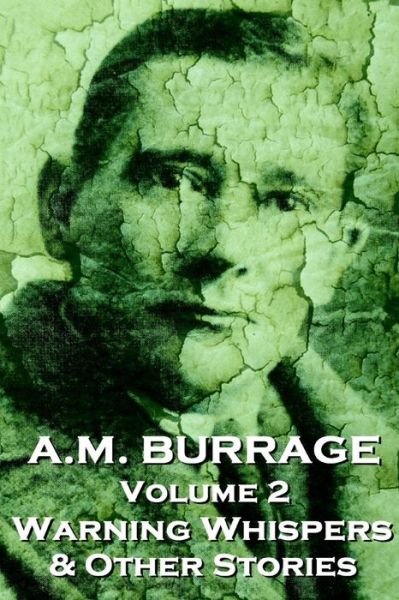
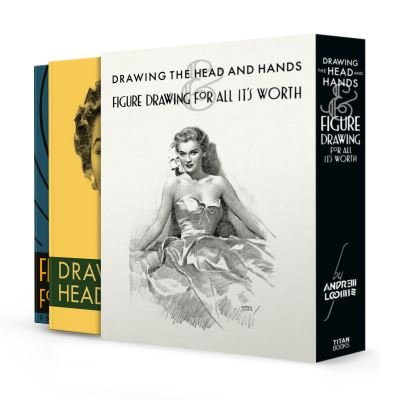
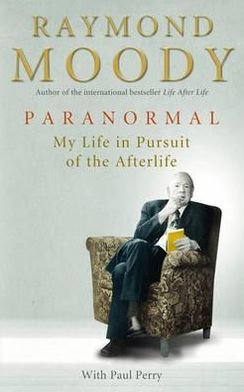
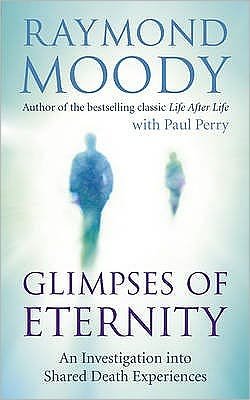


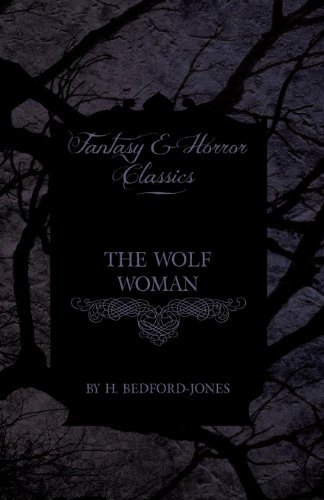
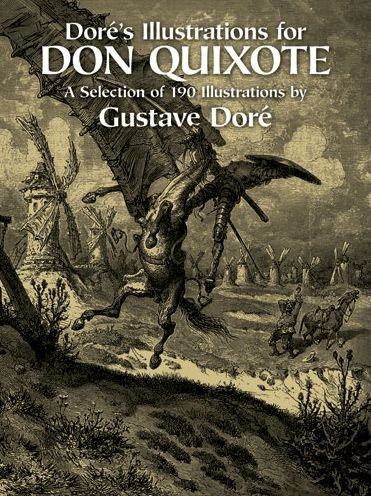

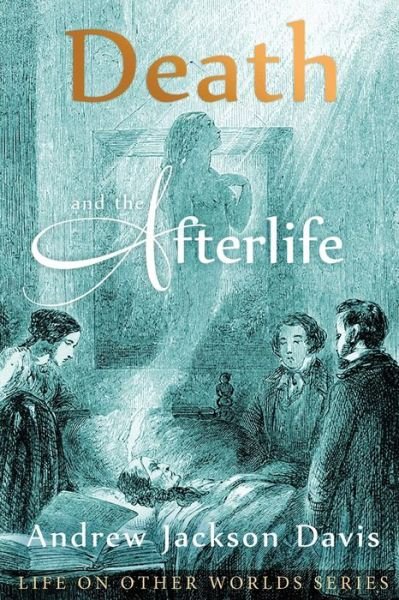
![Cover for Edgar Allan Poe · The Complete Tales and Poems of Edgar Allan Poe (Barnes & Noble Collectible Editions) - Barnes & Noble Collectible Editions (Hardcover Book) [Bonded Leather edition] (2015)](https://imusic.b-cdn.net/images/item/original/469/9781435154469.jpg?edgar-allan-poe-2015-the-complete-tales-and-poems-of-edgar-allan-poe-barnes-noble-collectible-editions-barnes-noble-collectible-editions-hardcover-book&class=scaled&v=1483886089)

![Cover for Bram Stoker · Dracula - Collins Classics (Paperback Book) [Epub edition] (2011)](https://imusic.b-cdn.net/images/item/original/087/9780007420087.jpg?bram-stoker-2011-dracula-collins-classics-paperback-book&class=scaled&v=1400237236)
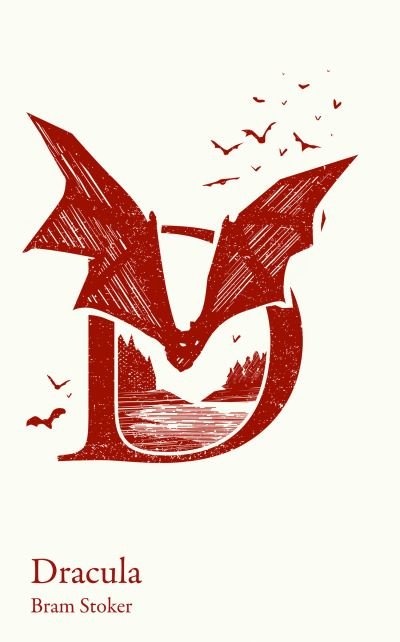

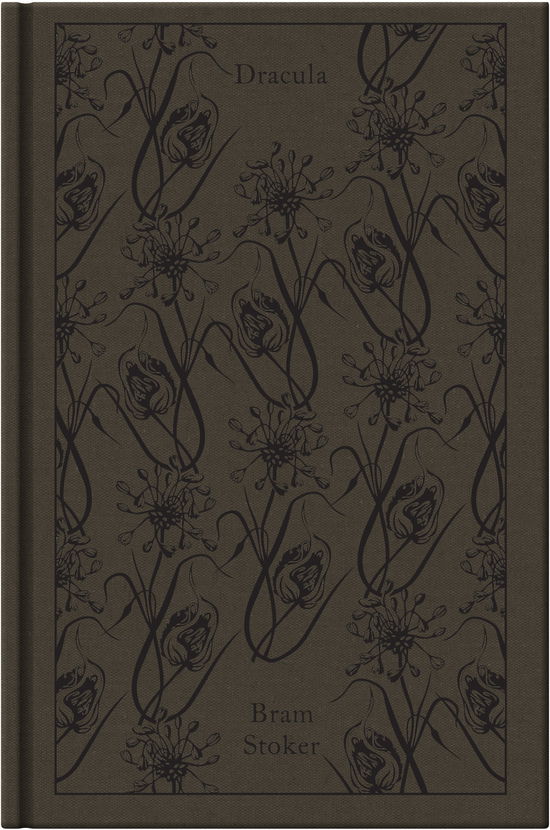
![Cover for Bram Stoker · Dracula - The Penguin English Library (Paperback Book) [Penguin Classics Deluxe edition] (2012)](https://imusic.b-cdn.net/images/item/original/337/9780141199337.jpg?bram-stoker-2012-dracula-the-penguin-english-library-paperback-book&class=scaled&v=1395524668)
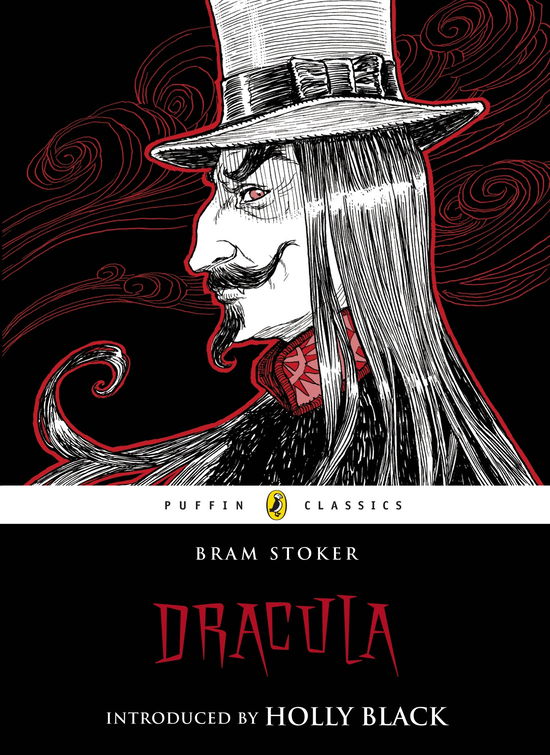
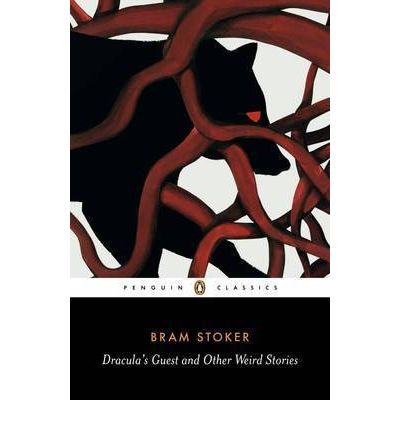
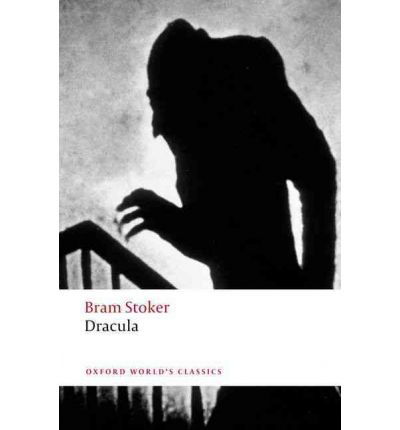


![Cover for Bram Stoker · Dracula: Penguin Classics (Audiobook (CD)) [Unabridged edition] (2020)](https://imusic.b-cdn.net/images/item/original/302/9780241455302.jpg?bram-stoker-2020-dracula-penguin-classics-audiobook-cd-&class=scaled&v=1600158237)
![Cover for Bram Stoker · Dracula (Everyman's Library Classics & Contemporary Classics) (Hardcover Book) [Reprint edition] (2010)](https://imusic.b-cdn.net/images/item/original/856/9780307593856.jpg?bram-stoker-2010-dracula-everyman-s-library-classics-contemporary-classics-hardcover-book&class=scaled&v=1409633383)
![Cover for Bram Stoker · Dracula - Vintage Classics (Paperback Book) [Reprint edition] (2011)](https://imusic.b-cdn.net/images/item/original/305/9780307743305.jpg?bram-stoker-2011-dracula-vintage-classics-paperback-book&class=scaled&v=1409928506)

![Cover for Bram Stoker · Dracula - Modern Library Classics (Paperback Book) [New edition] (2001)](https://imusic.b-cdn.net/images/item/original/702/9780375756702.jpg?bram-stoker-2001-dracula-modern-library-classics-paperback-book&class=scaled&v=1401836440)

